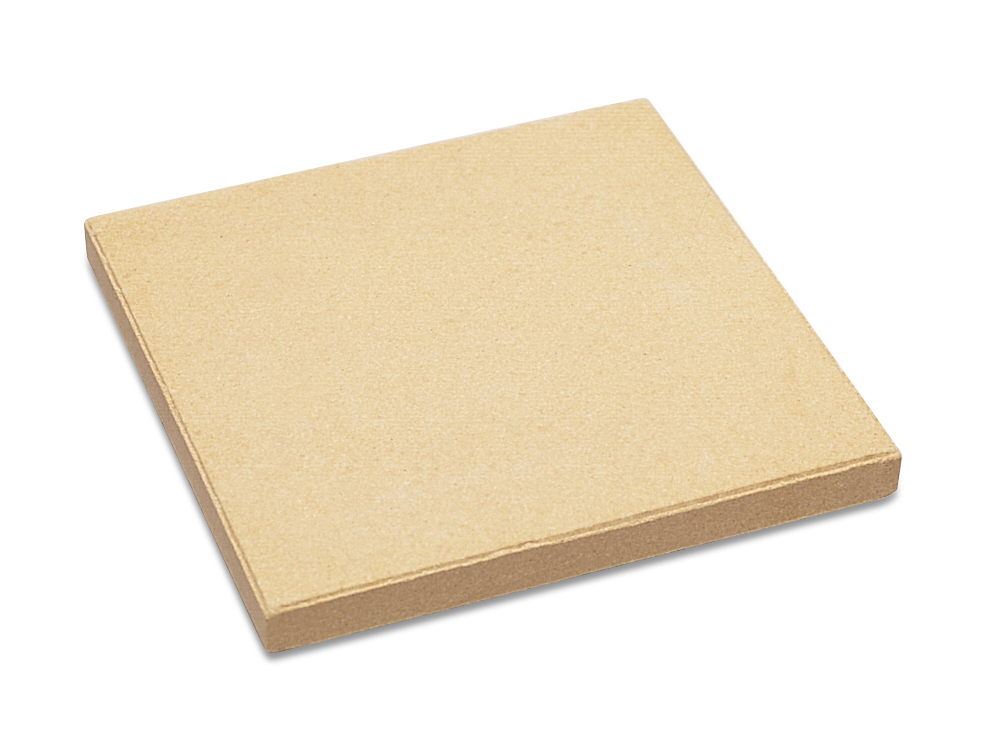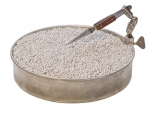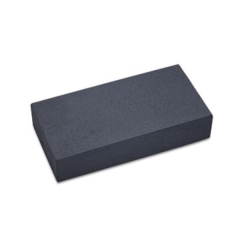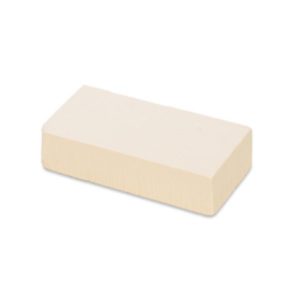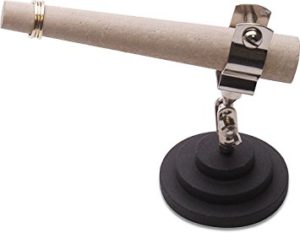Not sure which soldering block, board, or tri-pod to use for each soldering job? Read on!! It’s true that there are many different blocks, which can get a little confusing, especially when you’re starting out on your jewellery making journey. Some reflect heat back into the piece being soldered and some retain the heat. Here, then, is a guide to help you navigate the wonderful world of soldering blocks on your way to successful soldering and jewellery making!
In our studio, we most often use to solder using the silquar, fire brick, charcoal, and tripod, but we love every kind of solder block, because each one is perfect in its own way!
Silquar is a non-asbestos, ceramic board that retains heat and can take up to 2200 degrees F. It is very smooth and easy to wash. This is a great board for making silver balls for granulation or embellishment. Being ceramic, it is a bit of a heat sink, which makes it good for soldering smaller pieces that may melt if they get too hot, ( I personally know the heartache of melted bezels!), but it can take a long time to get larger objects to a high enough temperature for the solder to flow.
A fire brick (with or without the revolving stand), is a fabulous soldering block when you want to keep the heat in the metal. These are also very useful for annealing all sizes. Being able to rotate your piece while soldering is wonderful! and well worth the extra price for the stand!! Now, you can get to all sides of your piece without having to be a contortionist!
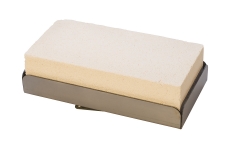
The non-asbestos ceramic blocks also come in a honeycomb variety that you can insert pins in to hold pieces in place. Because of the holes, this kind of board dissipates heat more rapidly than its solid counterpart and thus can produce a bit more oxidation and residue, but is good for medium and larger pieces. Don’t use this for tiny bits as they could fall into the holes and you will never see them again! These are also available in a package of two small round boards with ceramic pins.
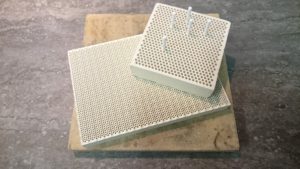
A soldering pan with loose pumice is a great option for larger, oddly shaped pieces that may be difficult to hold in place on a regular soldering board. You can anchor the piece in the pumice at whatever angle you need it to be and rotate the pan a full 360 degrees to get at all sides evenly. Again, these act as a heat sink and can help protect areas of larger pieces when you need to solder one area and don’t want to heat the entire piece. They are also good for annealing larger pieces, but again, don’t use them for small pieces as they can literally fall between the cracks! Bags of pumice can be purchased separately when you need to refill your pan.
Charcoal has long been a popular substance to solder on. It is very heat reflective and creates a cleaner soldering environment than other types of boards. It is also atmosphere reducing which means less oxidation and your flux won’t stick. It comes in hard and soft. The hard is very durable and long-lasting while the soft can be carved or have pins and binding wire stuck in it to position pieces. However, the soft charcoal board can be quite crumbly and it’s recommended that you wrap the edges with binding wire to help hold it together in one piece. Also, it’s best not to spray or put flux on the charcoal. It’s a porous substance and the flux could adversely affect it.
Magnesia soldering blocks are like charcoal, in that they are also very heat reflective, but don’t have a tendency to crumble like charcoal. They are also soft and can be carved to hold small pieces or have pins stuck in them to hold pieces in place. This material has a nice, smooth surface and is good for filigree work.
Another useful tool for soldering is a ring stand with ceramic mandrel. This handy little gadget is good for soldering or repairing rings. The mandrel is heat reflective and is mounted in a base that can easily be positioned at whatever angle you require. The base is nice and heavy to prevent it from tipping over. You can also buy replacement ceramic mandrels if you should, ( heaven forbid!) drop and break it.
Tripods are fabulous when your project calls for heating from underneath, (such as soldering on bezel to a back plate for a pendant stone). Anytime one part needs more heat, this is your best soldering choice. The fine mesh screen can be purchased separately, and a heavy mesh screen is also available.
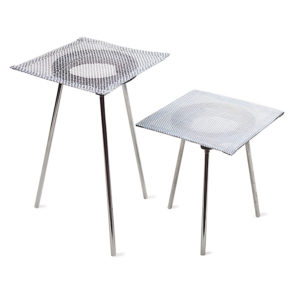
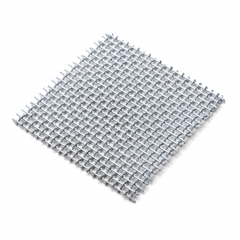
Tri-Pods with Mesh Screens Heavy Mesh Screen for Tri-Pod
SO FIRE UP YOUR TORCH AND PRACTICE SOLDERING ON EVERY TYPE OF BLOCK!! You’re sure to find the ones that work best for you and your pieces.

